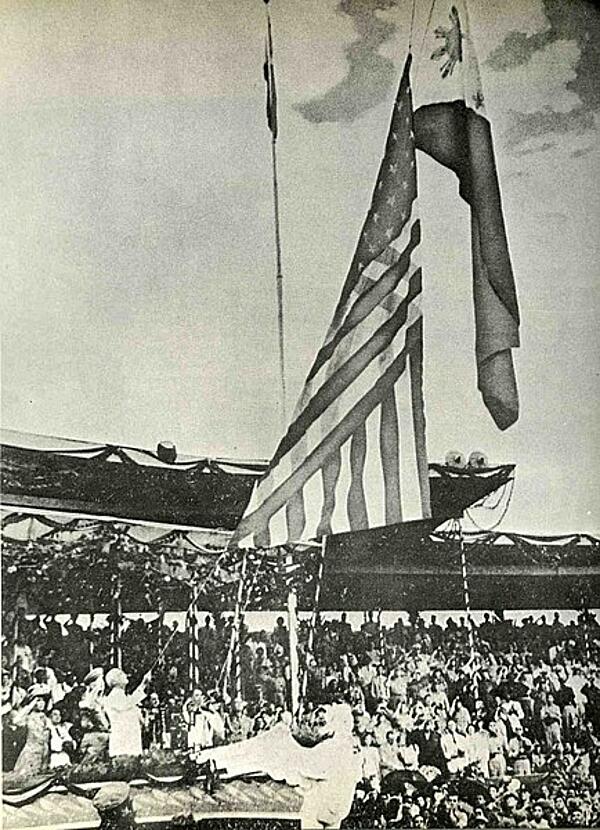Independence
Following the Spanish-American war, the USA granted independence to the Philippines 4th July 1946 when, in accordance with the Philippine Independence Act, President Harry S. Truman issued Proclamation 2695 and officially recognised the independence of the archipelago.
On the same day, the Treaty of General Relations was also signed by both countries, providing another form of official recognition of the independence of the Republic of the Philippines, as well as the relinquishment of American sovereignty.

In spite of the Philippines independence, the US still retained many military bases on the islands. The US government also insisted that there were a number of qualifiers attached to the legislation. These included the Bell Trade Act, which insisted that there were US import quotas on any products that might come into substantial competition with the articles produced in the US. Additionally, US citizens were to be granted equal access to resources in the Philippines.
Assistant Secretary of State for Economic Affairs William Clayton described these qualifiers as “inconsistent” with the US promise of granting genuine independence to the Philippines. However, the US government insisted that they be accepted and the Philippines was given no choice but to do so.
Once independence was agreed, the US continued to play a significant role in the directing of the islands via the Central Intelligence Agency. Operatives including Edward Lansdale - a pioneer in psychological warfare - took responsibility for ensuring the qualifiers were upheld, going as far as to physically beat Philippine President Ramon Magsaysay when he rejected a speech written for him by the CIA. However, as the Philippines gained increasing strength, the US presence within the government seemingly diminished.
MLA Citation/Reference
"Independence". HistoryLearning.com. 2024. Web.
